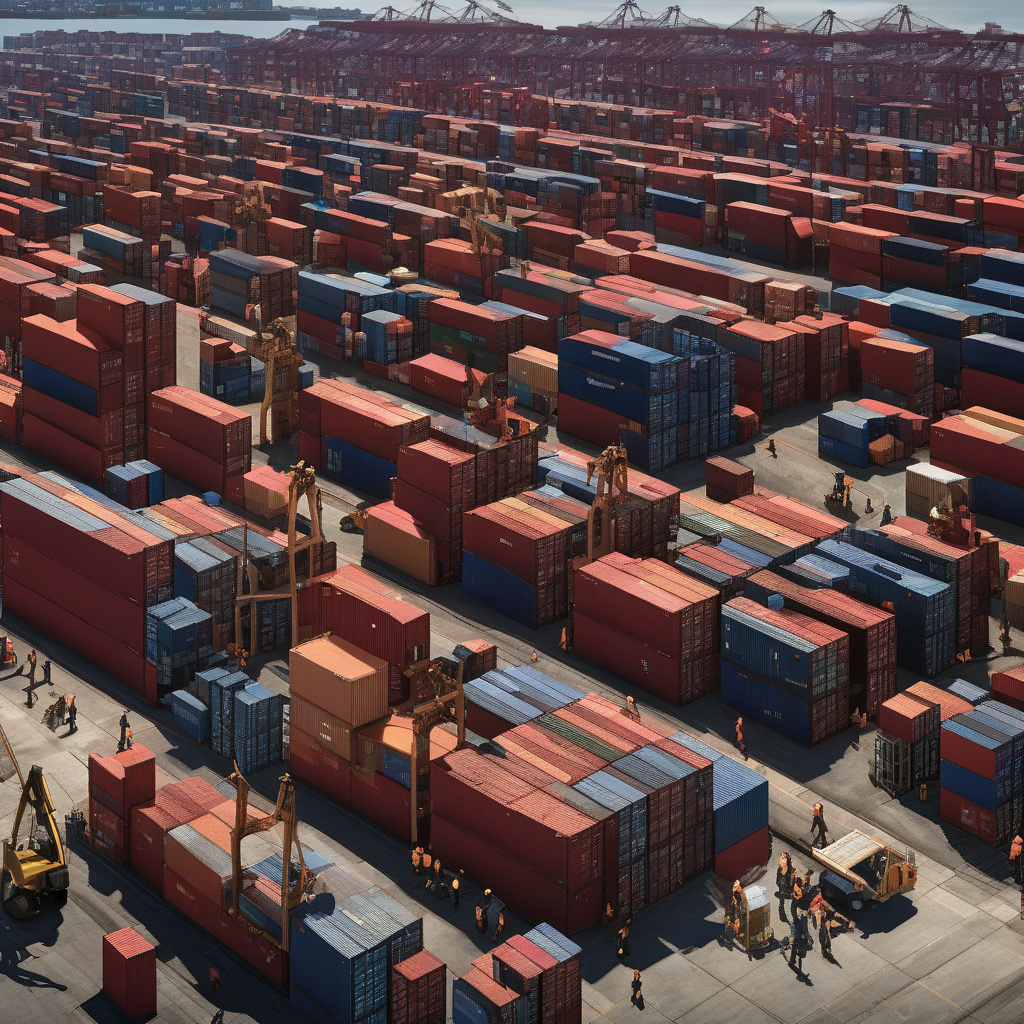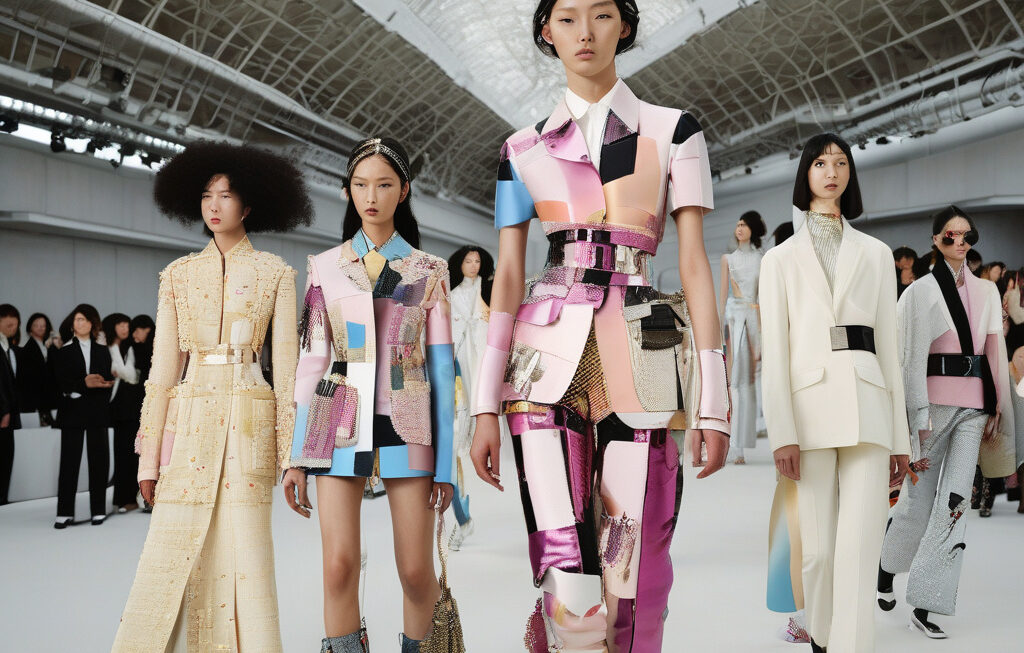The Debrief | Trump’s Tariffs Change Everything
The recent implementation of tariffs by Donald Trump has sent shockwaves through the fashion industry, impacting everything from consumer behavior to global supply chains. Sustainability correspondent Sarah Kent and luxury correspondent Simone Stern Carbone have weighed in on the far-reaching implications of this historic decision. Let’s delve into the details to understand how these tariffs are reshaping the landscape of the fashion world.
One of the immediate effects of Trump’s tariffs is the shift in consumer behavior. As prices of imported goods rise due to increased tariffs, consumers are likely to feel the pinch in their wallets. This change in pricing could lead to a decrease in overall consumer spending on fashion items, as people become more selective about their purchases. This shift towards more mindful consumption could potentially benefit sustainable and ethically produced fashion brands in the long run.
Furthermore, the tariffs are also causing disruptions in global supply chains. Many fashion brands rely on international suppliers for materials and production. With tariffs increasing the cost of imports, these brands are facing tough decisions. Some may choose to absorb the additional costs, impacting their profit margins. Others may opt to source materials locally or from countries not affected by the tariffs, leading to a reconfiguration of supply chain networks.
Sarah Kent emphasizes the importance of sustainability in this evolving scenario. She points out that the tariffs could serve as a catalyst for brands to reevaluate their sourcing practices and prioritize sustainability. By investing in local production or exploring alternative materials, fashion companies can reduce their carbon footprint and lessen their dependence on global supply chains. This shift towards sustainability aligns with the growing consumer demand for ethically produced fashion, creating an opportunity for brands to differentiate themselves in the market.
Simone Stern Carbone highlights the implications of the tariffs on luxury fashion brands. With many high-end labels relying on imported materials and craftsmanship, the tariffs pose a significant challenge. Luxury brands may need to rethink their pricing strategies or explore new markets to offset the impact of increased costs. This could lead to a transformation in the traditional luxury fashion landscape, with a greater emphasis on exclusivity and uniqueness to justify higher price points.
In conclusion, Trump’s tariffs are indeed changing everything in the fashion industry. From influencing consumer behavior to reshaping global supply chains, the implications are vast and varied. While the short-term effects may be challenging for many fashion brands, there is also an opportunity for innovation and adaptation. By embracing sustainability and exploring new strategies, brands can navigate the changing landscape and emerge stronger on the other side.
As the fashion industry continues to adapt to these unprecedented changes, only time will tell the full extent of the impact of Trump’s tariffs on fashion. One thing is certain – the fashion world is in for a period of transformation and innovation in the wake of this historic decision.
tariffs, fashion industry, sustainability, global supply chains, consumer behavior












